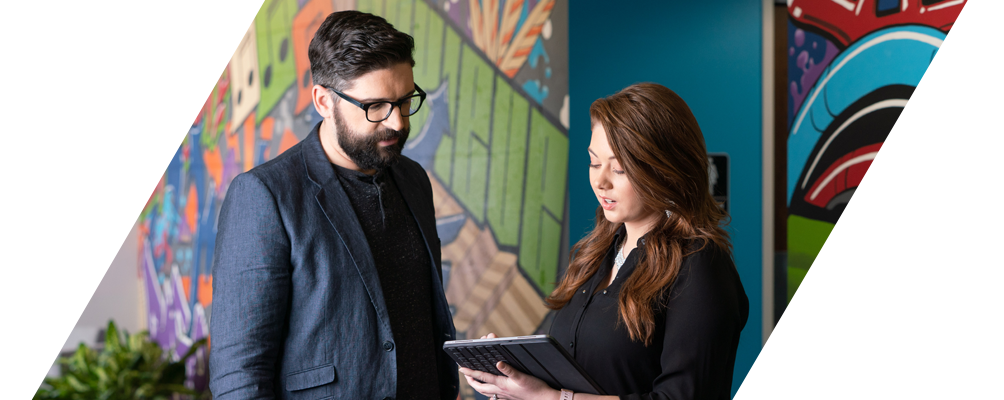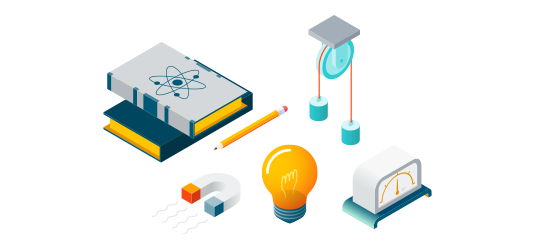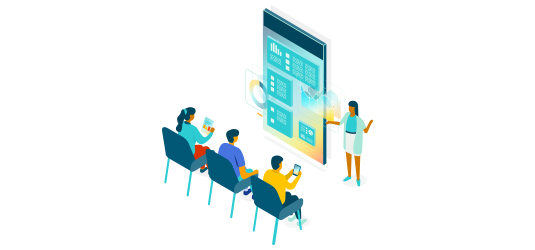
Altair® MotionSolve® Applications
Altair MotionSolve is used in a range of industries, including automotive, aerospace, defense, heavy equipment, energy, and robotics to analyze and optimize multi-body systems.
The application examples below demonstrate MotionSolve’s flexibility, applicability, and how users can utilize it seamlessly alongside other Altair technologies to simulate even more product designs and operating scenarios.
Simulation-Driven Design in Motion
As you strive to mechanize your 3D CAD assemblies and perform motion studies with them, you might find it convenient to start with a motion analysis with Altair® Inspire™. With it, you can start investigating system dynamics and extract loads with an intuitive setup process, then easily transfer your mechanized model to MotionSolve to continue your advanced multi-body dynamics work.
Capture the Most Sophisticated Physics
Extend the physics of multi-body systems by including more complex attributes, such as linear and nonlinear flexible bodies for increased elastic realism, as well as stress and fatigue assessments, easily applying existing finite element (FE) models from Altair® OptiStruct® and Altair® HyperWorks®. You can also include automated contact between 3D CAD geometry, model friction, and clearance in joints.
Strength and Fatigue Life Calculation
MotionSolve also lets you build accurate system-level models of your equipment. Exercise the model through a series of tests to generate precise component load time histories. Apply these loads on detailed FE representations of components for strength and fatigue calculations. Additionally, perform topology optimization with realistic loads to minimize weight while satisfying stiffness and other strength targets.
How can we help you optimize your multi-body system performance?
Contact UsSimulate Ground Vehicles and Maneuvers
Easily assemble realistic models of passenger cars, multi-axle buses, trucks, or two-wheeled vehicles using parametric templates and automation tools. Utilize flexible bodies, nonlinear connectors, control systems, and powertrain modeling. Run vehicles through standard road or laboratory tests to evaluate and assess their dynamic behavior, determine component loading, improve comfort and handling characteristics, enhance passenger safety, and extend component durability.
Simulate Mechatronic Digital Twins
Couple MotionSolve with Altair® Twin Activate® and Altair Compose® to enable the holistic simulation of a smart systems involving moving parts, sensors, actuators, and controllers – including Hardware-in-the-Loop (HIL). For the ultimate realism with mechatronic digital twins, co-simulate high-fidelity mechanical plant models with accurate electrical models, motors, hydraulics, control systems, and more.
Include Granular Particle Interactions
MotionSolve works together with Altair® EDEM™ to include the interactions between multi-body equipment and granular materials to predict the behavior of the combined systems. Simulate wheeled or tracked ground vehicles operating in different types of soft soils.
Enable Virtual and Augmented Reality
Easily transfer your multi-body dynamics models to external applications and bring a mechatronic system to life, which gives users an extended use of virtual and augmented reality (VR/AR) and operator-in-the-loop simulations.
Automate Design Exploration
Couple with design of experiment (DOE) and optimization software such as Altair® HyperStudy® to explore alternatives and obtain optimal motion performance based on many possible design configurations and/or operating conditions.
Teach Multi-body Dynamics in School
Course instructors can provide future engineers with a better, more tangible education by leveraging Altair’s motion simulation technology. Students will be able to bring equations to life, see how their hand calculations are proven correct, and test how different parameters influence results.
Featured Resources

ABB
To support the use of simulation tools in this endeavor, ABB in Spain enlisted the help of Altair ProductDesign's regional team, thanks to the company's experience in utilizing simulation tools to solve engineering challenges in the robotics industry. The project centered on improving the fatigue performance of a Twin Robot Xbar (TRX), one of ABB’s robotic part transfer systems that moves components between manufacturing stations.

Creation of a Street Sweeper Multibody Dynamics (MBD) Model and Verification by Field Tests
By utilizing multibody dynamics (MBD) and creating a MBD-model of the current street sweeper, a first step is taken towards developing a new (modular) chassis. The calculated loads and moments acting on the suspensions and chassis are quantified for e.g. several worst case scenarios, which allows for well-founded decisions in relation to the new design. Furthermore, these load conditions can be used as input for future topographic optimizations and / or stress analyses. An important part, when creating a CAE-model, i.e. in this case a MBD-model, is the validation of that model by experiments and /or analytic formulations. Consequently several calculated load cases have been tested in the field and in mutual cooperation. A subsequent verification shows that the measured accelerations correlate well with the calculated accelerations from the MBD-model.
Presented at the ATCx Heavy Equipment in May 2021.
Speaker: Thijs Romans, Group Leader Engineering Analysis, VIRO
Duration: 20 minutes

Using Integrated Simulation to Optimize Heavy Equipment Design
Heavy equipment manufacturers want to design products that are durable and perform at their peak under a variety of conditions. To accomplish this, Altair provides an integrated multi-disciplinary simulation environment to virtually test and optimize equipment performance and therefore, help reduce design and development costs. Using simulation-driven design, studying the full dynamics of a product or system is possible, from motion analysis to complete lifecycle durability testing.











